Animals That Have Gone Extinct
Embarking on a journey through time, we encounter the fascinating world of extinct animals. These creatures, once thriving on Earth, now exist only in our imaginations and scientific studies. Each species tells a story of adaptation, survival, and eventual extinction, offering lessons and insights into the natural world. As we explore their unique characteristics and histories, we gain a deeper appreciation for the diversity of life and the importance of conservation efforts today.
The Majestic Woolly Mammoth: A Giant of the Ice Age

The woolly mammoth, with its towering stature and shaggy coat, roamed the frigid landscapes of the Ice Age. These colossal creatures, closely related to modern elephants, were well-adapted to cold environments, thanks to their thick fur and layers of fat. Surprisingly, they were herbivores, feasting on grasses and shrubs despite their massive size. Fossils and preserved remains in Siberian permafrost have provided scientists with invaluable insights into their lives, allowing us to understand their role in prehistoric ecosystems.
The Iconic Saber-Toothed Tiger: Nature’s Fierce Feline
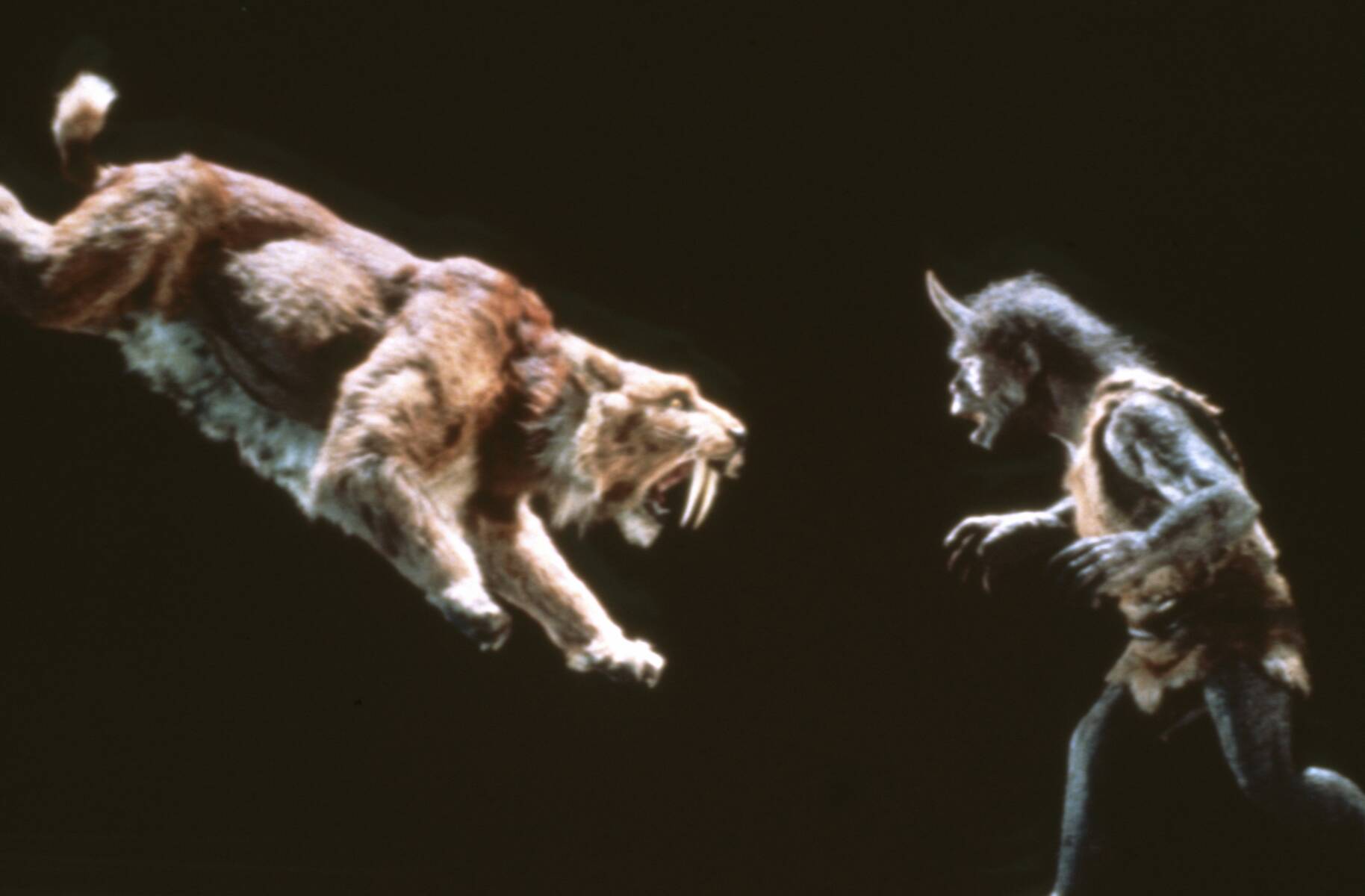
The saber-toothed tiger, or Smilodon, was a fearsome predator of the Pleistocene epoch, renowned for its elongated canine teeth. These magnificent cats, which roamed North and South America, were built for strength rather than speed, relying on ambush tactics to catch prey. Interestingly, their teeth, while impressive, were surprisingly fragile, breaking easily if misused. Fossil evidence suggests they lived in social groups, challenging the solitary image often associated with big cats today.
The Towering Moa: New Zealand’s Lost Giant Bird
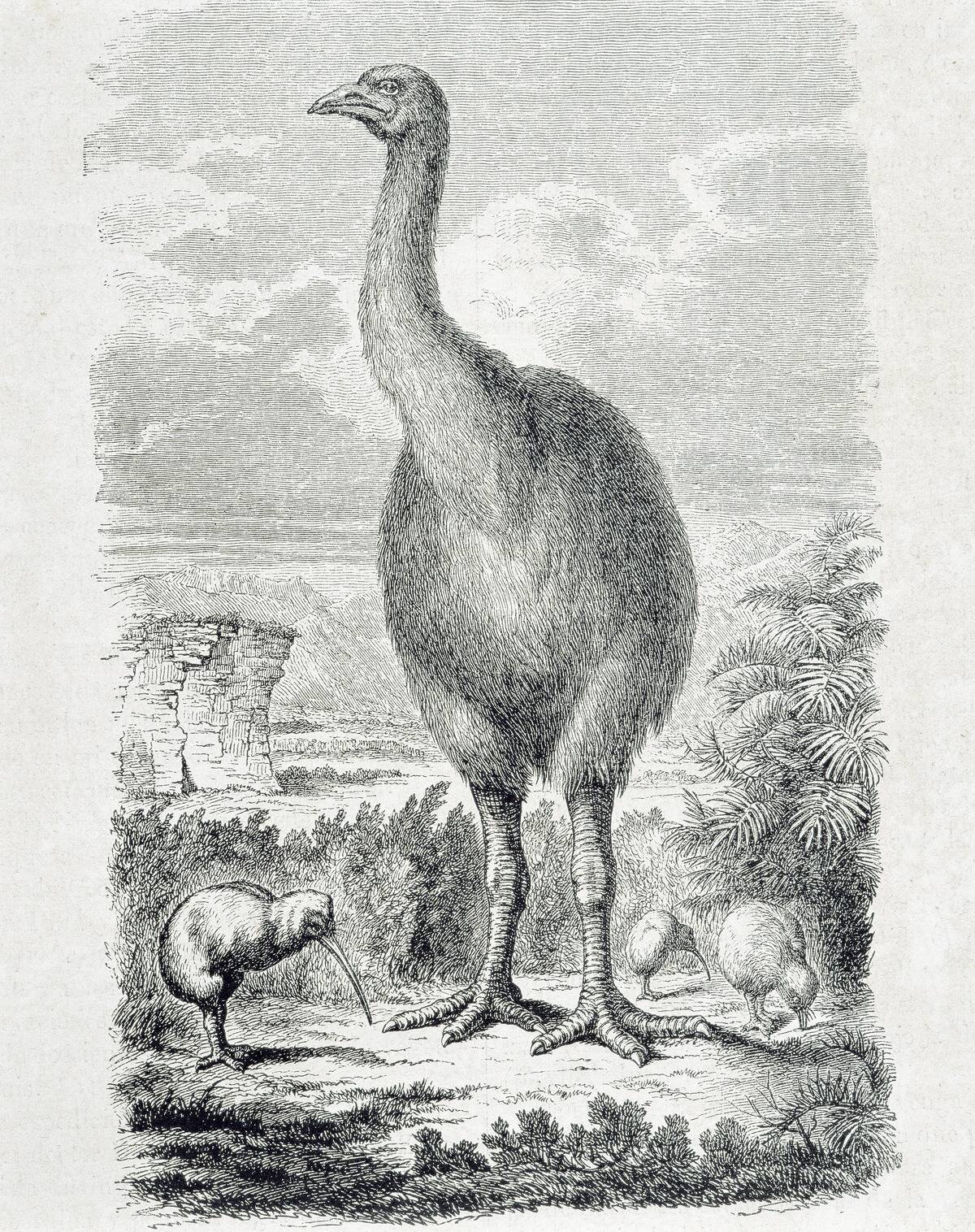
The moa were flightless birds that once dominated New Zealand’s landscapes, with some species growing up to 12 feet tall. Unlike their modern relatives, the emu and ostrich, moas had no wings at all, relying solely on their powerful legs. They were herbivores, browsing on leaves and twigs, shaping the vegetation of their homeland. Sadly, they fell victim to overhunting by the first Polynesian settlers, leading to their extinction around the year 1400.
The Steller’s Sea Cow: The Gentle Giant of the Ocean
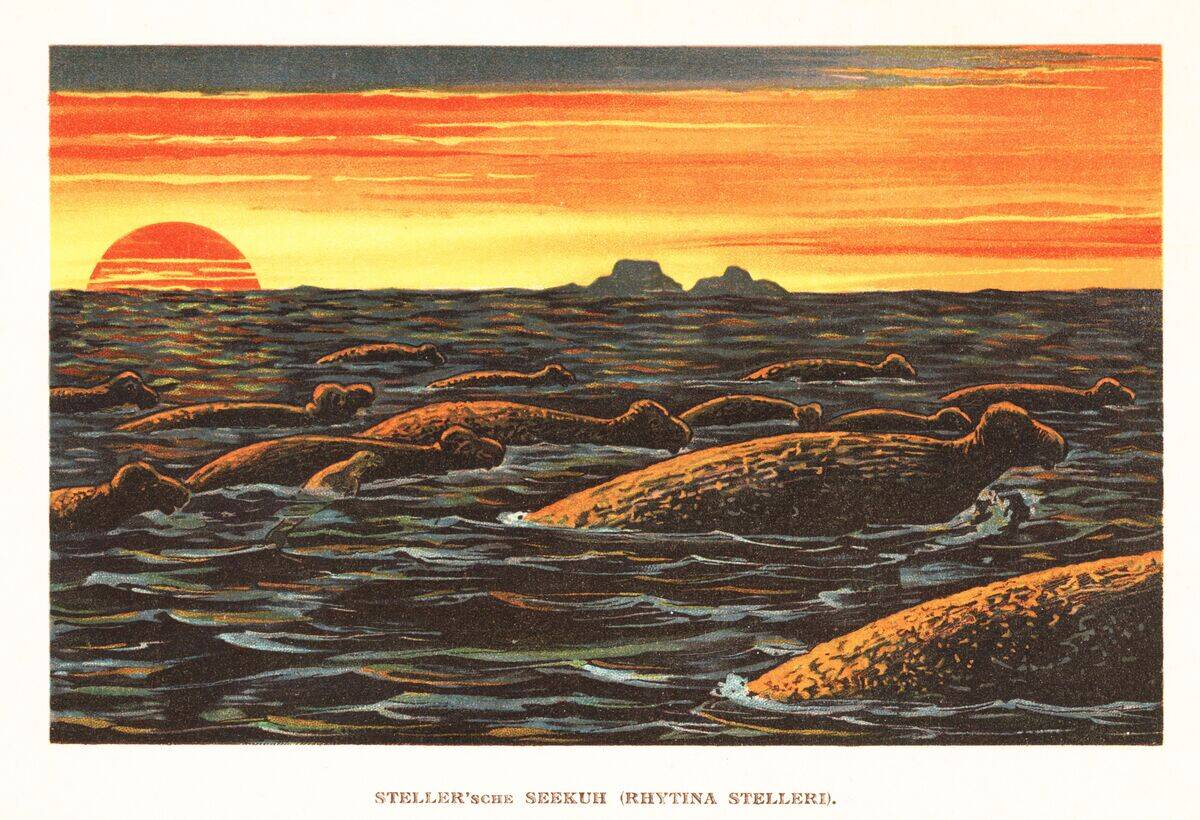
Steller’s sea cow was a massive marine mammal that once inhabited the cold waters of the North Pacific. These gentle giants, related to the manatee, could reach lengths of up to 30 feet and primarily fed on kelp. Remarkably, they were discovered by Europeans in 1741 and hunted to extinction within 27 years. Their slow movements and lack of fear made them easy targets, highlighting the vulnerability of isolated species to human exploitation.
The Tasmanian Tiger: Australia’s Mysterious Marsupial

The Tasmanian tiger, or thylacine, was a unique carnivorous marsupial that once roamed mainland Australia and Tasmania. With its distinctive striped lower back and dog-like appearance, it was unlike any other predator. Unfortunately, a combination of hunting, habitat loss, and competition with dingoes led to its extinction in the early 20th century. The last known thylacine died in captivity in 1936, but reports of sightings continue to fuel hope for its rediscovery.
The Great Auk: The Northern Hemisphere’s Penguin
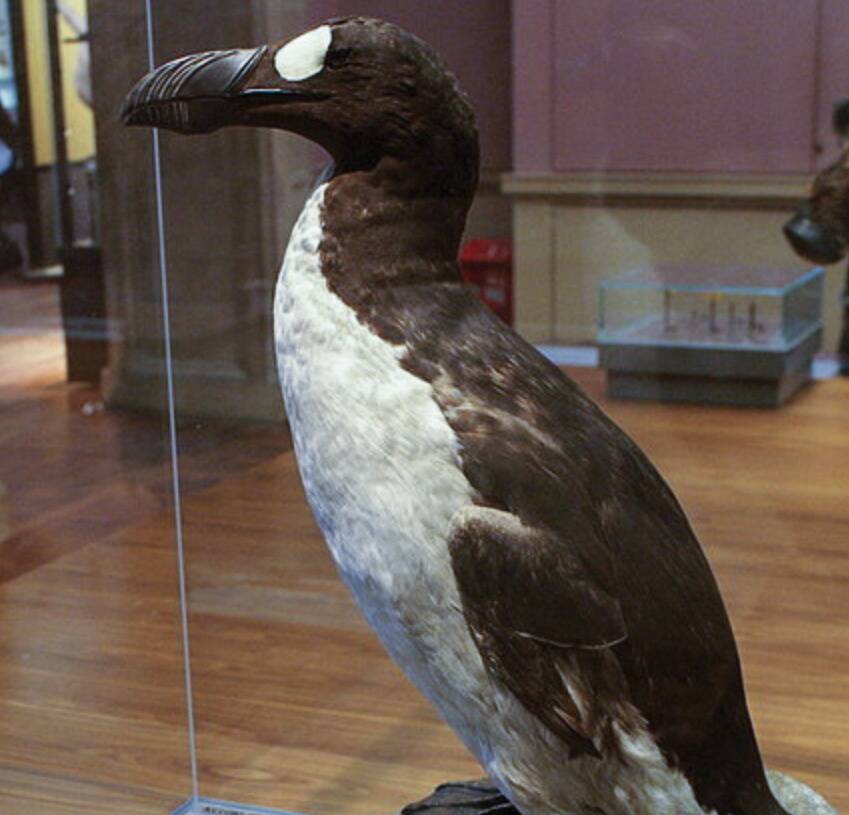
The great auk was a flightless bird that graced the rocky shores of the North Atlantic, resembling a penguin in both appearance and behavior. These birds were expert swimmers, using their wings to propel themselves underwater in search of fish. With a height of about 30 inches, they were formidable in the water but vulnerable on land. Human exploitation for feathers and eggs led to their extinction by the mid-19th century, serving as a cautionary tale of overharvesting.
The Flightless Dodo: A Bird That Couldn’t Outrun Extinction
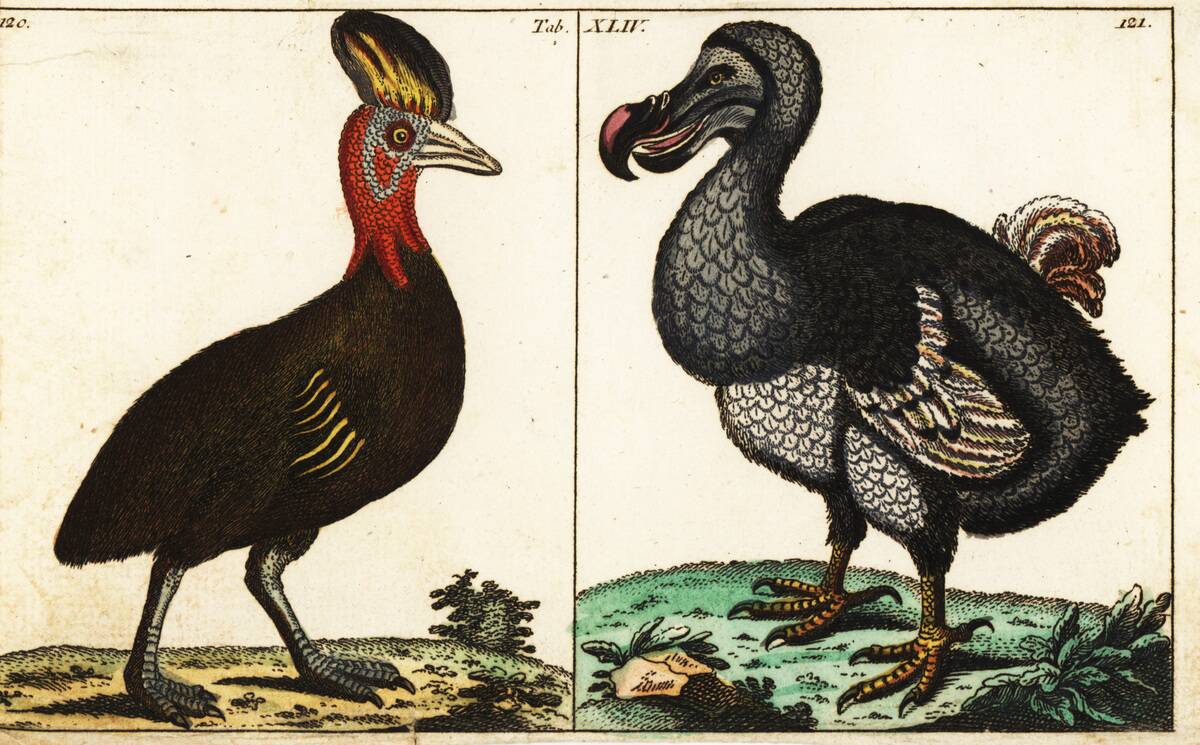
The dodo, a large, flightless bird native to Mauritius, is perhaps the most famous symbol of extinction. Standing about three feet tall, these gentle creatures were ill-equipped to handle the arrival of humans and introduced species in the 17th century. With no natural predators, dodos had evolved to be fearless, a trait that unfortunately led to their rapid decline. Despite their untimely demise, the dodo remains a poignant reminder of the impacts of human activity on vulnerable species.
The Quagga: The Half-Striped Zebra of South Africa
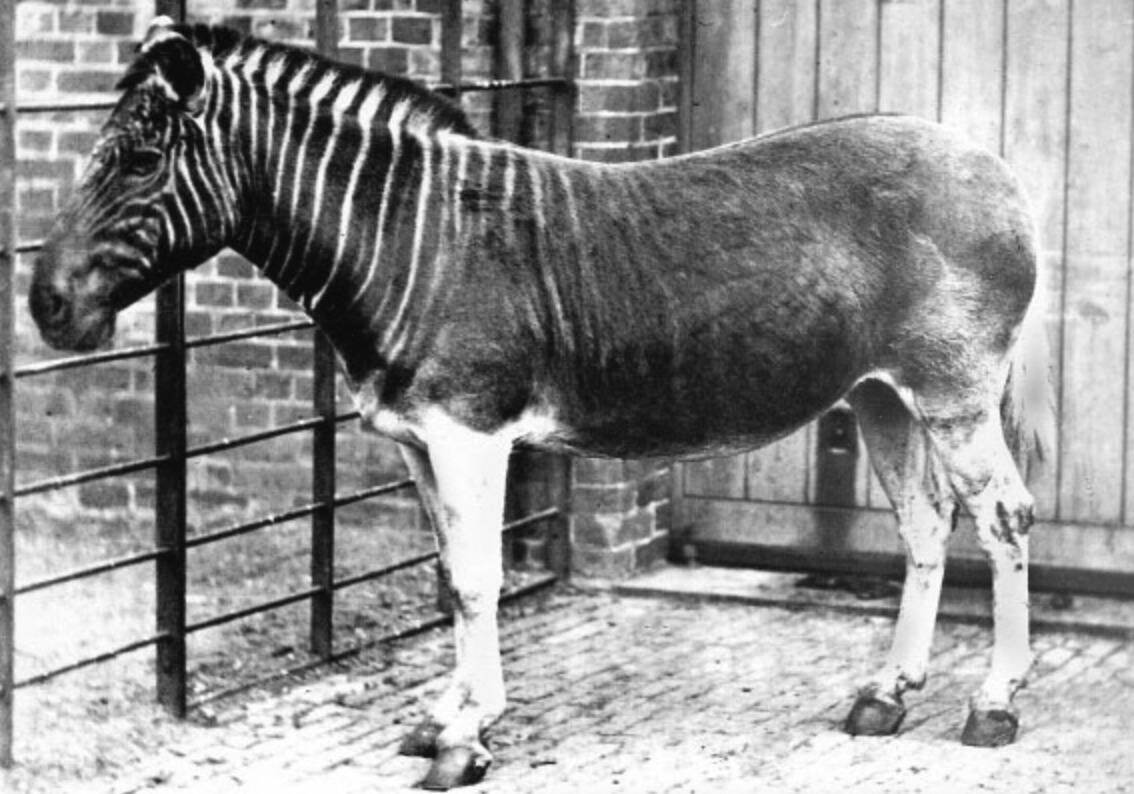
The quagga, a subspecies of the plains zebra, was distinguished by its unique pattern of stripes, which faded to a solid brown towards its hindquarters. Native to South Africa, these animals once roamed the grasslands in large herds. Sadly, excessive hunting for their hides and competition for grazing land with livestock led to their extinction in the late 19th century. However, efforts are underway to bring back the quagga through selective breeding, using zebras with similar markings.
The Passenger Pigeon: Once Abundant, Now a Memory
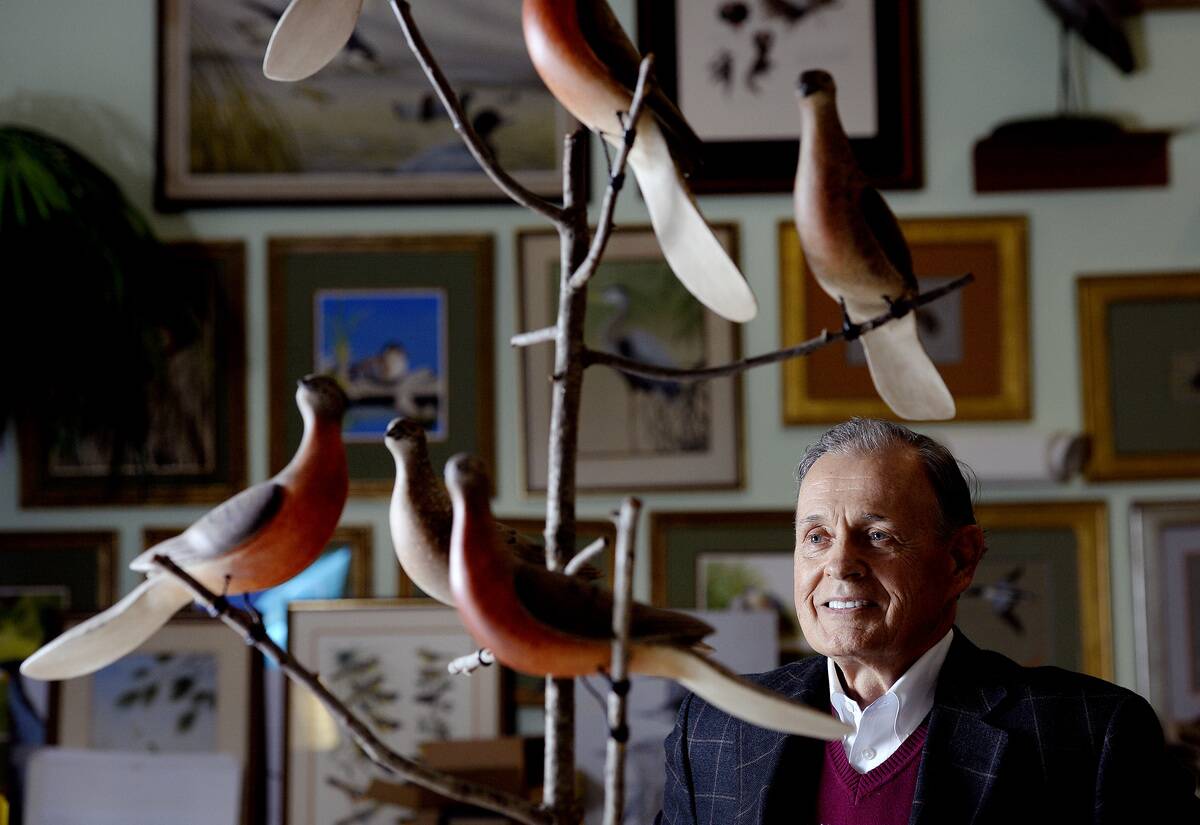
Passenger pigeons were once among the most numerous bird species in North America, with flocks so large they darkened the sky. These birds were highly social and relied on large colonies for breeding and protection. However, intense hunting and habitat destruction in the 19th century led to their rapid decline. By 1914, the last known passenger pigeon, named Martha, died in captivity, marking the end of a species that had once thrived in abundance.
The Pyrenean Ibex: A Brief Return from Extinction
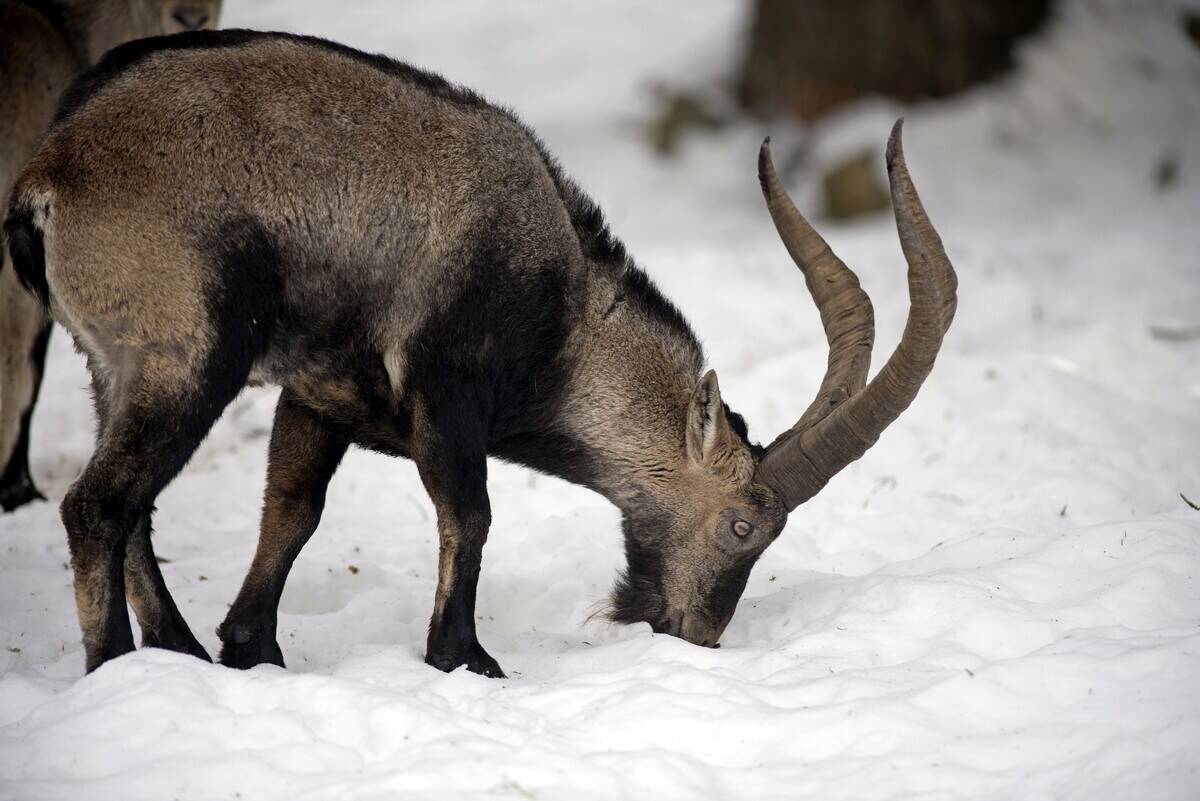
The Pyrenean ibex, a subspecies of the Spanish ibex, was once found in the Pyrenees Mountains. This agile mountain goat was well-adapted to steep, rocky terrain, but hunting and disease contributed to its decline. The last known individual died in 2000, but scientists attempted a de-extinction project using cloning. In 2003, a cloned ibex was born, but it survived for only a few minutes, highlighting the complexities and challenges of bringing extinct species back to life.
The Aurochs: The Wild Ancestor of Domestic Cattle

Aurochs were large, wild cattle that once roamed Europe, Asia, and North Africa. These formidable beasts, standing up to six feet at the shoulder, are the ancestors of our modern domesticated cattle. Aurochs were known for their strength and adaptability, thriving in various environments. Unfortunately, hunting and habitat loss led to their extinction in 1627. Efforts to recreate the aurochs through selective breeding of cattle with similar traits continue, aiming to restore their ecological role.
The Caribbean Monk Seal: The Extinct Sea Puppy
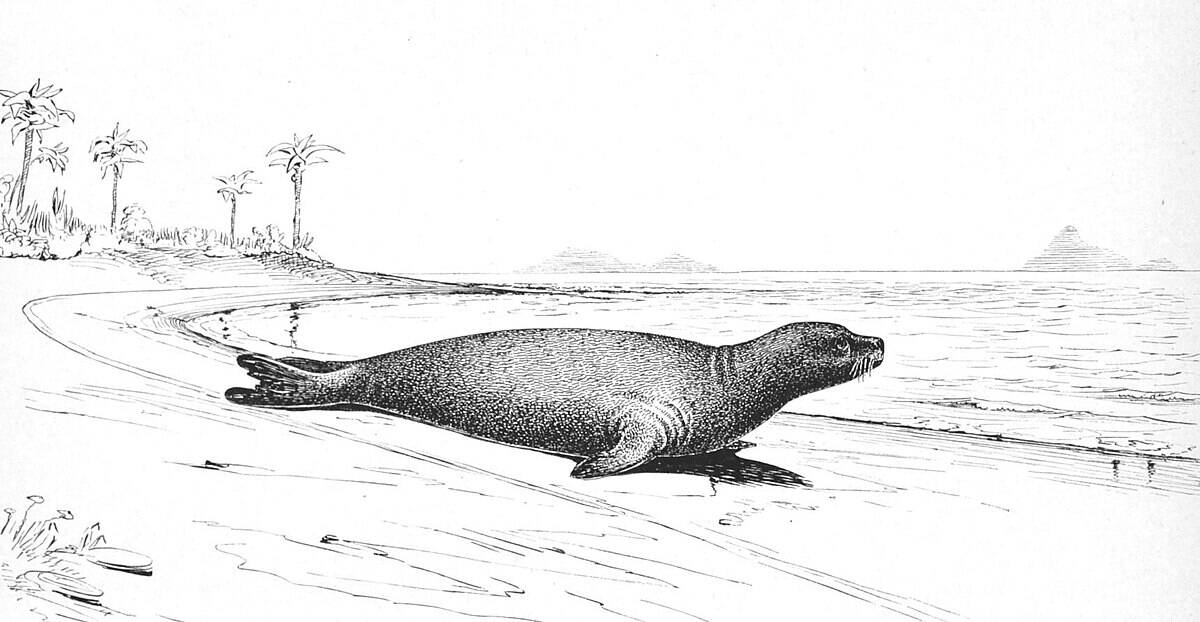
The Caribbean monk seal, also known as the sea wolf, was a marine mammal that once inhabited the warm waters of the Caribbean Sea and the Gulf of Mexico. These seals were known for their playful behavior and social nature, often seen basking on sandy beaches. Sadly, overhunting for their oil and skins, coupled with habitat degradation, led to their extinction. The last confirmed sighting was in 1952, and despite searches, no evidence of their existence has been found since.
The Carolina Parakeet: America’s Lost Parrot

The Carolina parakeet was the only native parrot species in the eastern United States, known for its vibrant green plumage and social behavior. These birds formed large flocks and were often seen in orchards, feeding on fruit and seeds. However, habitat loss, hunting for feathers, and disease led to their decline. The last known individual died in captivity in 1918, marking the end of a species that once added a splash of color to American forests.
The West African Black Rhino: A Recent Tragic Loss

The West African black rhino was a subspecies of the black rhinoceros, native to the savannas of West Africa. These rhinos were known for their large size and distinctive hooked lip, which they used to browse on shrubs and trees. Unfortunately, poaching for their horns and habitat destruction led to their extinction, with the last confirmed sighting in 2006. Despite conservation efforts, the species was declared extinct in 2011, highlighting the ongoing threat of wildlife crime.
The Golden Toad: A Symbol of Amphibian Decline

The golden toad was a bright, orange-colored amphibian found only in a small region of Costa Rica. Despite its striking appearance, the golden toad was elusive, with breeding populations emerging only during the rainy season. Climate change, habitat loss, and disease, particularly chytridiomycosis, contributed to their rapid decline. Despite extensive searches, no golden toads have been seen since 1989, making them a symbol of the global crisis facing amphibian populations today.



